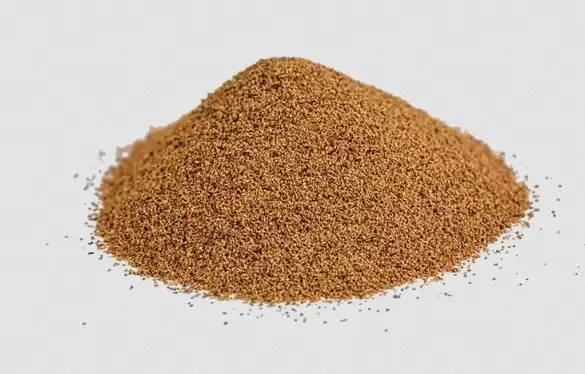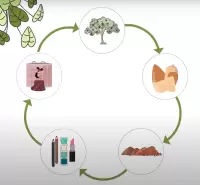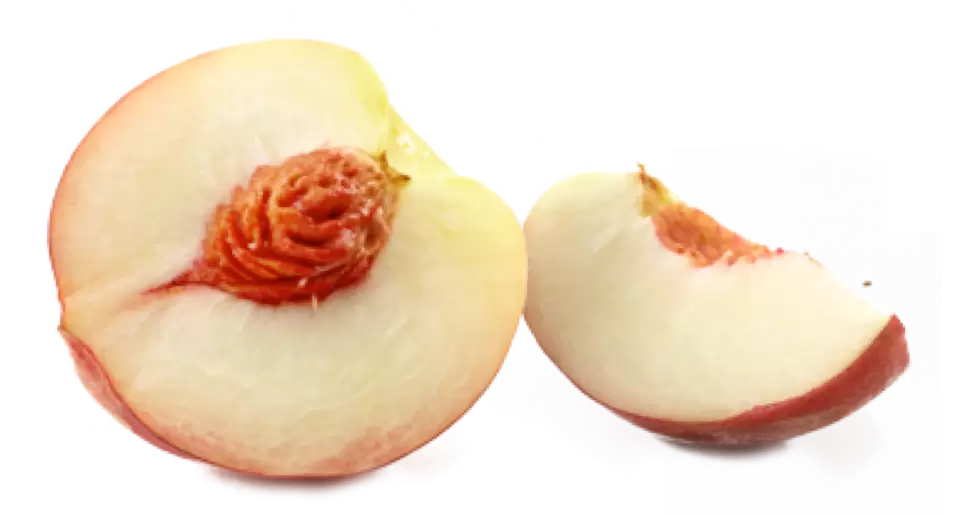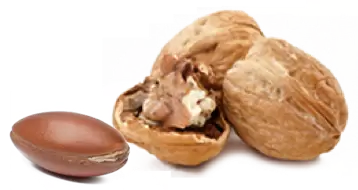
Polyphenolic compounds extracted from olives are being increasingly used in the pharmaceutical and food industries.
In Europe, around two million tonnes of olive oil are produced each season by over ten thousand olive mills. The operation of an olive oil mill generates several kilograms of solid residues – including the olive peels/skins, pulp and stones – for every 1 kg of olive oil produced (source: European Commission). Besides, olive leaves are obtained through regular pruning of the olive trees.
In 2018, the European Medicines Agency published an assessment of the health benefits of Olea Europaea and associated products. Olive leaf and extracts received special attention, having been ‘widely used in folk medicine in regions around The Mediterranean Sea and the islands therein,’ leading to their contemporary use as sources of active ingredients for pharmaceutical products and food supplements.
This is because olive leaf extracts and olive seed powders contain high levels of micronutrients known as polyphenols, oleuropein and hydroxytyrosol, which have a combined anti-inflammatory impact on the cardiovascular system. Indeed, olive leaf extract may be used for the treatment of a broad range of severe medical conditions.
Since the early 1960s researchers throughout the field have proven that olive extracts can lower blood pressure in humans and animals, increase blood flow in the coronary arteries, relieve arrhythmias, and prevent intestinal muscle spasms.
According to Dr. Eric Berg (see video above), infusions with olive leaf extracts can help prevent blood clots formation and strokes as well as:
relieve arthritis
reduce symptoms of candida
alleviate chronic fatigue
tackle cold and flu symptoms like sore throats and coughing
reduce rashes and soothe blisters caused by the herpes type 2 virus
lower blood pressure
Apart from that, the olive leaf infusion is a powerful antioxidant that protects the heart from damage caused by free radicals.
Oleuropein – a bitter substance extracted from the olive leaf – makes the olive tree particularly robust and resistant against insect and bacterial damage and is present in olive oil and throughout the entire olive tree and fruit.
As part of the production of olive oil, almost 8 million tonnes of wet olive pomace (WOP) are generated each season in Europe, which could lead to serious disposal issues unless these byproducts are refined and used by diverse companies for their health properties. WOP, olive peels, pulp and olive seeds are a very good source for the extraction of oleuropein which is known for their antioxidant activity and thus has a higher added value. Specific applications include functional foods, supplements, preservatives in industrial production or animal health.
Like avocado stones, apricot stones and grape seeds, olive stones contain a variety of the very same active substances, making them ideal ingredients for dietary supplements and medicines when transformed into fine powders.
Companies wishing to tap into the numerous business opportunities of the global olive extract market should contact us to discuss the uses of olive and fruit stone powders for pharmaceuticals. Our years in the industry can help with guidance on key drivers, technologies and trends shaping the global olive leaf extract market, the different segments for each product type, knowledge of the end-user trends and the field. We can provide strategic perspectives on olive market dynamics, current production processes and innovative applications.





